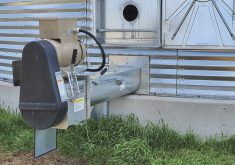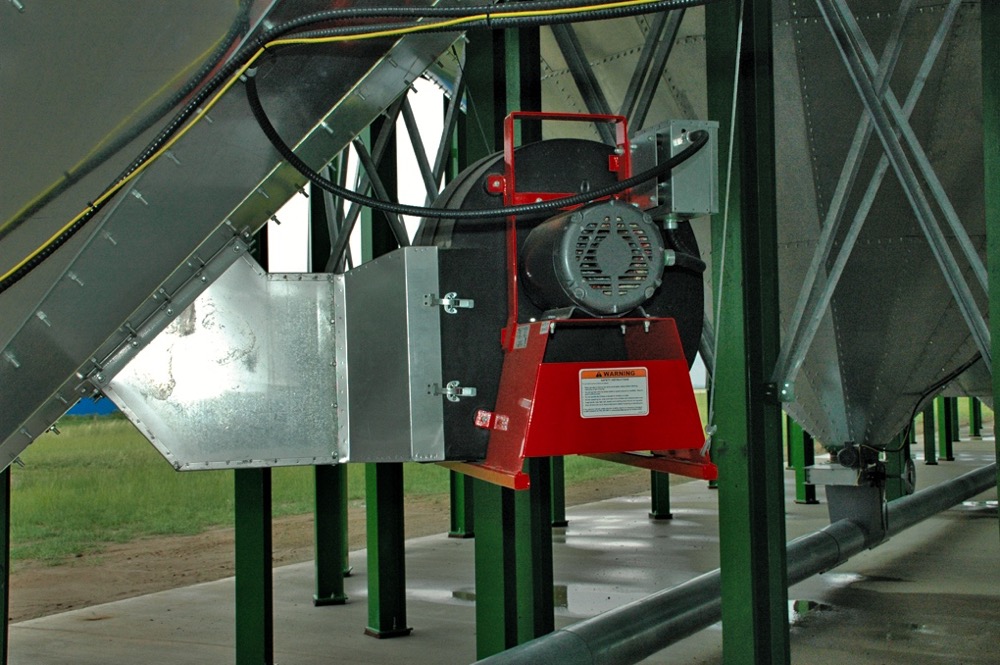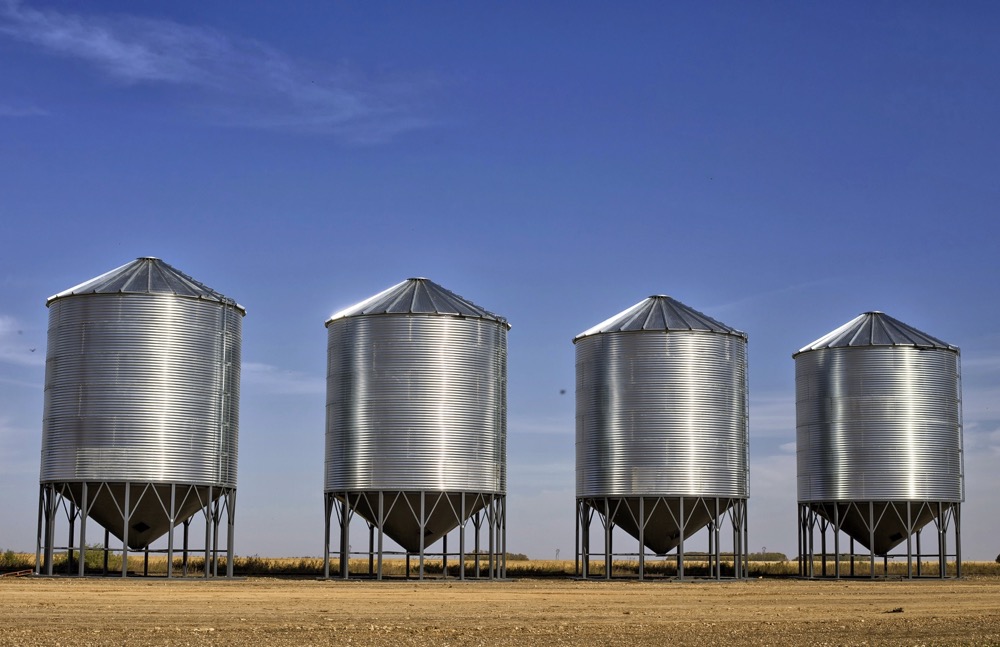The cheapest option for grain storage — piling it right on the ground — is a genius idea if it works, but it’s a disaster if it fails, says Mitch Smith, a customer account manager at United Farmers of Alberta in Vermilion.
“Lots of guys do it with a straight-up grain pile into the fall and though you lose some of it to deer or snowmobilers, it’s fine as long as you get that off the ground before the spring,” he says.
“A guy here put 150,000 bushels down in November right beside the tracks, and the whole idea was that he’d get producer cars and it would all be gone within a month. But the deal fell through and half of it was ruined by the spring.”
Read Also

Agronomists share tips for evaluating new crop products and tech: Pt. 3
With new products, new production practices and new technology converging on the agriculture industry at a frenetic pace in recent…
Storing grain in piles is a last-resort storage option for many producers, but with increasing yields and fluctuating steel prices — Smith reports that bin prices were to jump 10 per cent in July — no storage option is off the table.
Long-term options include bins and storage sheds. Shorter-term options include plastic grain bagging, grain ring and tarp systems, grain bunkers and open piles.
These days, brand-new smooth-walled steel hoppered bins with a 5,000-bushel capacity come in at around $17,000. Larger, corrugated steel bins with 38,000-bushel capacity might cost about $70,000 including setup and all materials, says Smith.
There are cheaper options, such as the steel ring and tarp system. Smith says these generally have about a 10,000-bushel capacity, and can cost about $2,000 total for rings, tarp and hardware.
One of the most touted options recently is the plastic grain bagging system for temporary storage. Though sizes and prices vary, Smith says a 10 x 300-foot bag will cost only $1,000. But the real costs, he says, come in extraction — an extractor could easily cost $50,000.
Pluses and minuses
Last year, Alberta Agriculture and Forestry released a report on grain storage considerations, written by then market analyst Jennifer Stoby.
The report concludes that grain bins are still the best option for storing smaller volumes, while grain bags should be considered for higher volumes — 70,000 bushels per year, in Stoby’s estimate.
According to Neil Blue, provincial crop market analyst with Alberta Agriculture and Forestry, farmers have been buying more bins since the end of the CWB monopoly. With the reduction in elevator capacity across the Prairies and increase in terminals, in combination with increasing yields, “there was an increasing requirement for farmers to store more of the harvest on-farm,” he says.
Blue says steel bins are still the most popular storage option, with their long life, stable conditions for storage and ability to be aerated if located near a power source.
“A bit of a negative is the capital cost and lack of flexibility of moving them around. They’re more or less stationary,” he says.
“There’s a movement to larger steel bins from smaller ones, but there’s a risk associated with them, in that the larger the bin, the higher the risk of that grain going into a poor condition.”
Plastic bagging systems have many advantages in comparison — bagging can be done right on the field, saving time and costs. Grain can be stored wet as the bags are sealed. Farmers can mitigate extraction costs by renting or purchasing extractors with other farmers.
“The flip side there is it’s a temporary storage system and the bags are not reusable,” says Blue. “They’re subject to a limited grain storage life in terms of water getting in, and wildlife punching holes in and letting moisture in. And the farmer has to dispose of the plastic.”
The least expensive option for storing grain — the report does not include open grain piles in its final cost comparison — is the ring and tarp system, but neither Blue nor Stoby recommends this option when it comes to mitigating risks.
“Unfortunately, this system can only be used on a temporary basis as there is a high risk for pest, wildlife, and moisture damage and loss. As well, these systems require more maintenance along with assembly and disassembly every year. This increases the workload for the operation,” writes Stoby.
The upshot? Each producer must decide for themselves which storage makes the most economic sense. “Each person should do their own calculations, because each situation is different,” says Blue.
Grain bag recycling by province
Plastic grain bag recycling is emerging as a major priority across the Prairies, and while there are no federally regulated programs, recycling options are emerging in each province.
In Alberta, recycling happens municipality by municipality.
“We’re working towards getting an established provincial-wide program in Alberta,” says Tammy Schwass, communications adviser with Alberta Plastics Recycling Association. “There are a handful of municipalities recycling grain bags across Alberta — such as Rockyview County and Mountainview County. We’re working with the province to create a backstop legislation.”
Saskatchewan is currently running a grain bag recycling pilot project, administered by Simply Ag Solutions, that collects grain bags and twine province-wide.
In Manitoba, a pilot project funded by Manitoba Conservation and run by CleanFARMS for the past several years has just been granted funding for 2016. While small scale at the moment — last year, the project had seven collection sites — Shane Hedderson, operations manager for CleanFARMS, hopes to expand to more sites soon.
“During Phase One of the pilot we operated at three collection sites and collected over four metric tonnes of agricultural plastics,” says Hedderson. “Phase Two operated during 2014-15 at seven collection sites, and over 11 metric tonnes of agricultural plastics were collected.”
CleanFARMS also operates a federally regulated, industry-funded fertilizer and pesticide container recycling program. “It’s refreshing that farmers are thinking about stewardship,” says Hedderson.
















